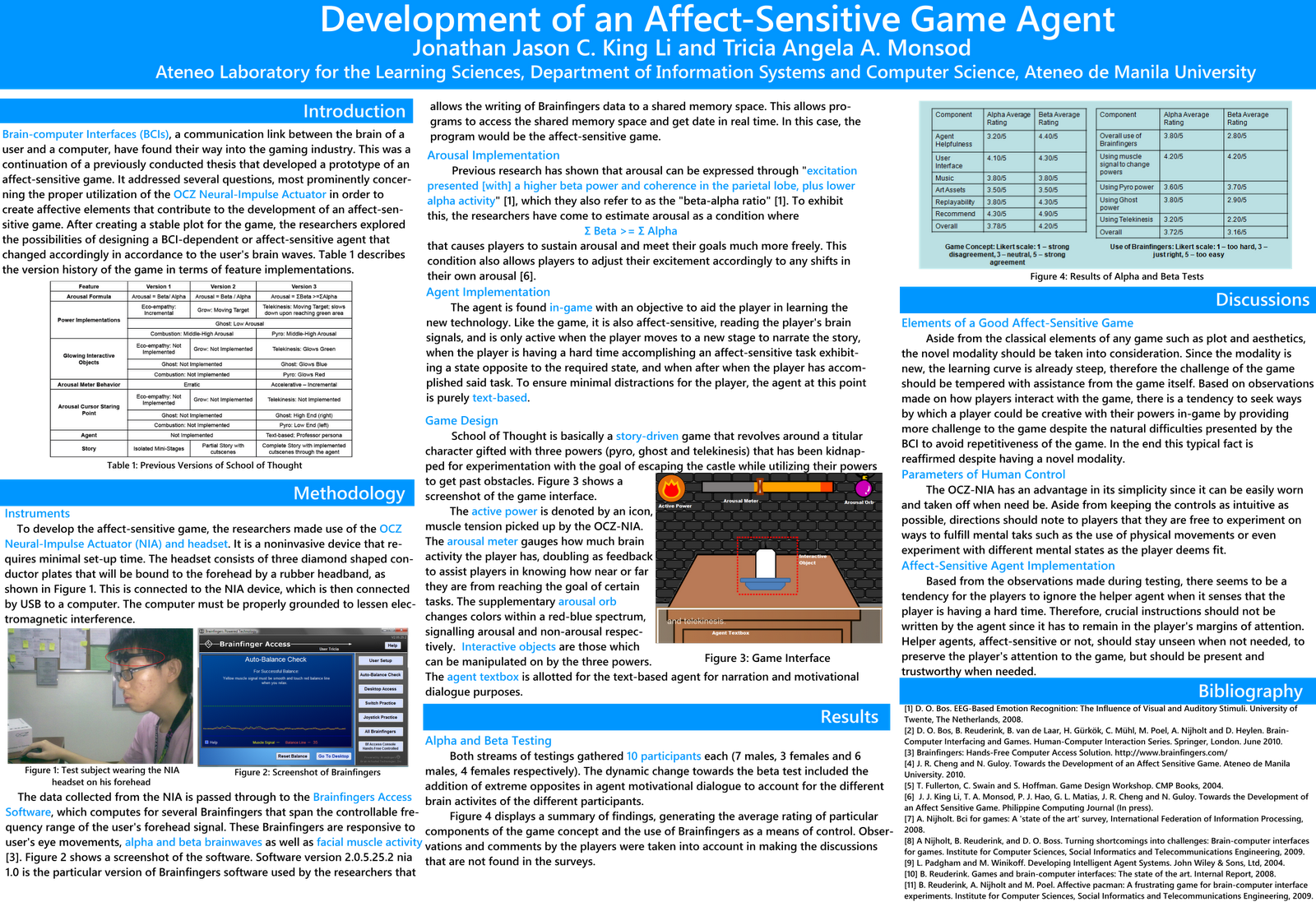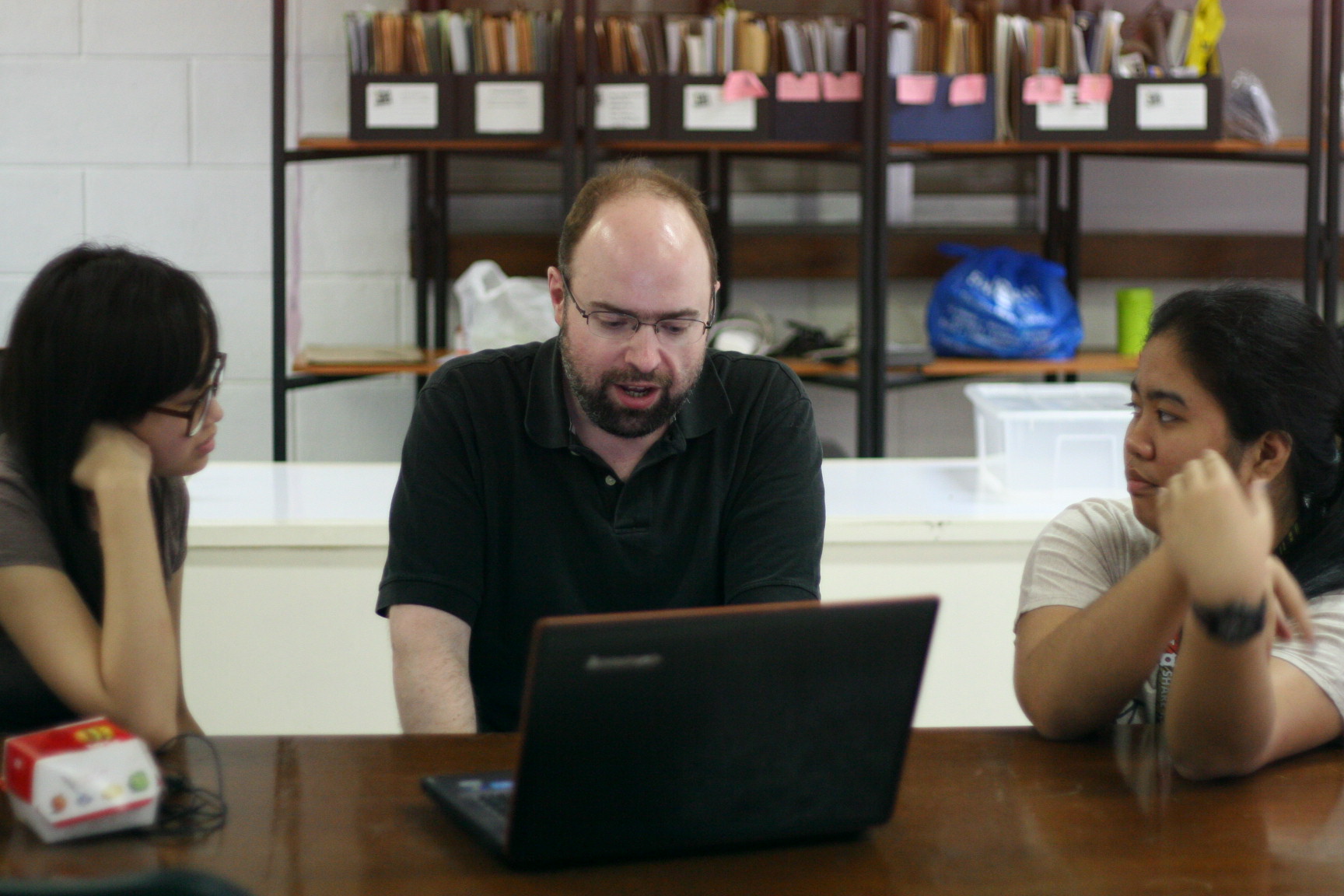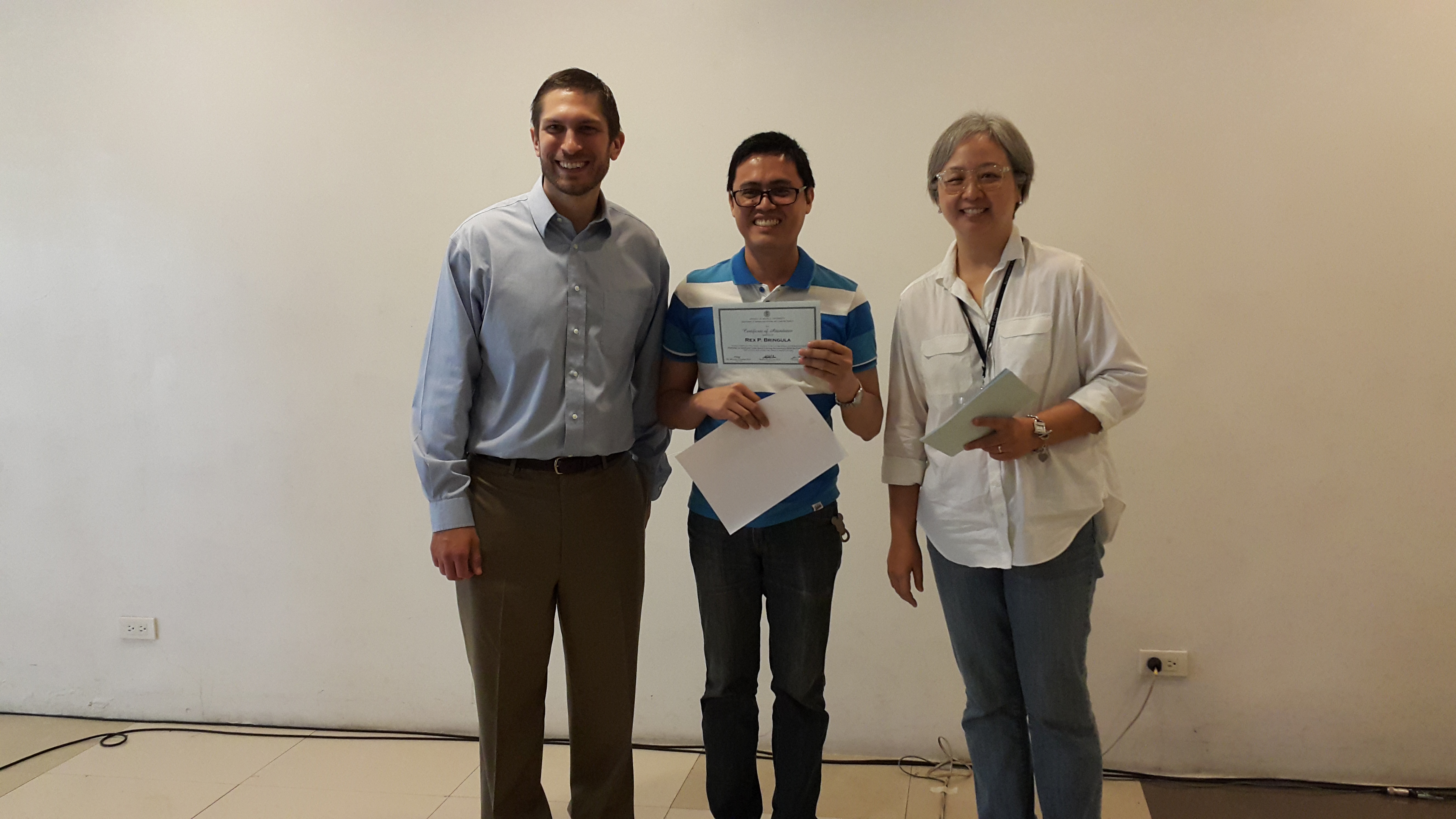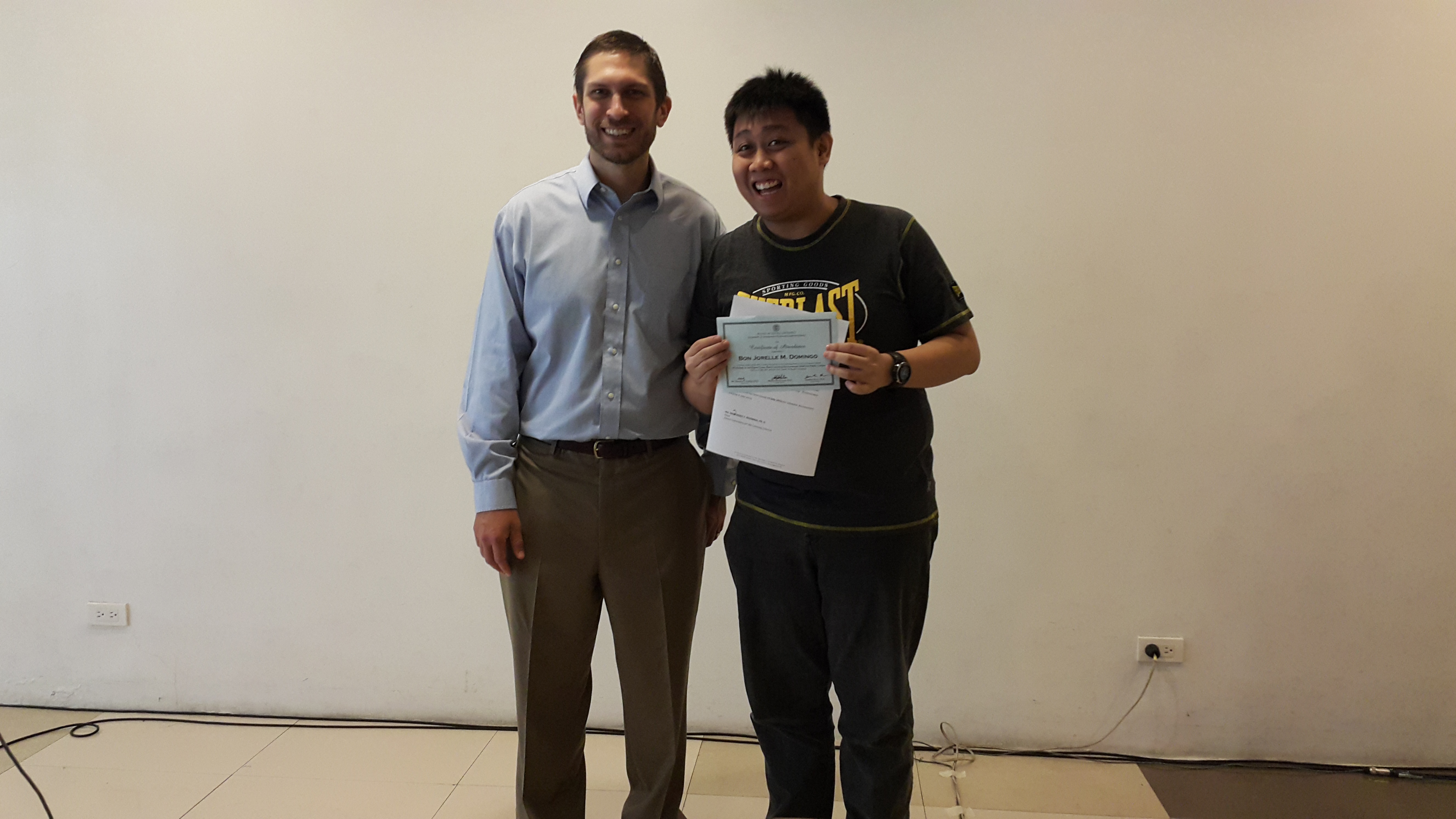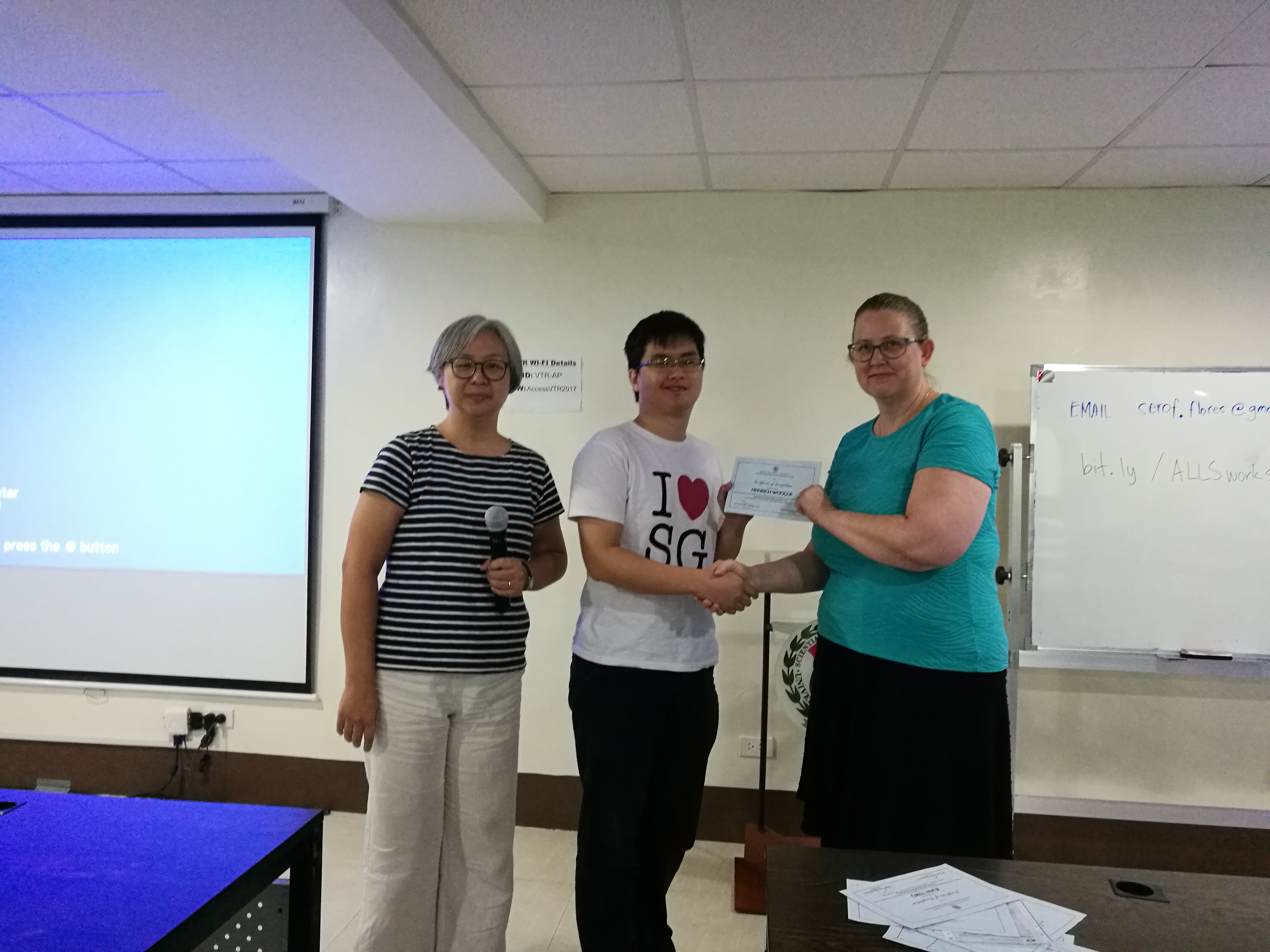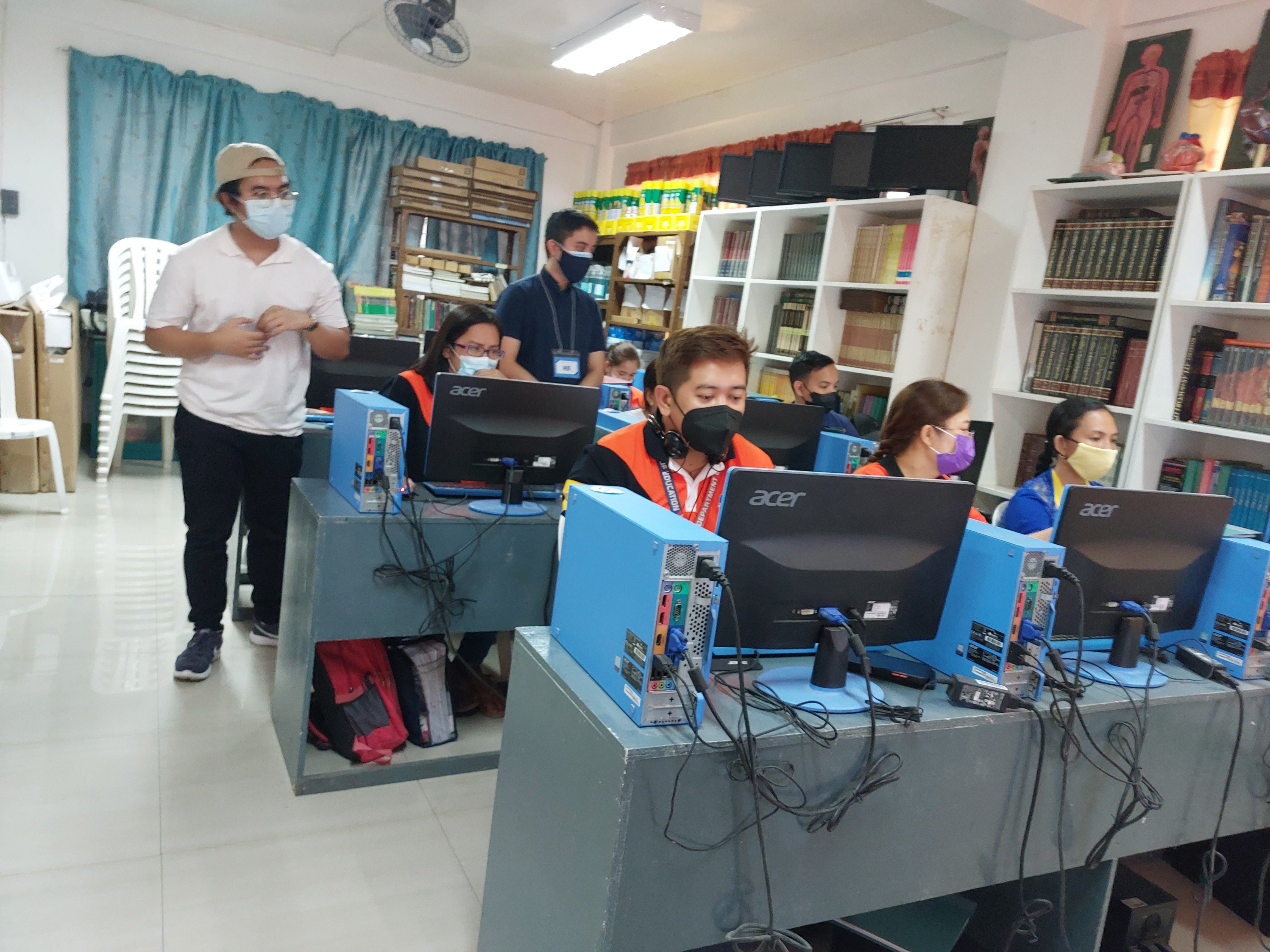The first paper, entitled “A Mobile Authoring Tool for Augmented Reality Content Generation Using Images as Annotations,” was written by Jayzon Ty, Ma. Mercedes Rodrigo, and Marc Ericson Santos.
Abstract. Augmented Reality is a technology that allows the superimposition of virtual objects onto the real world environment. Various fields, such as education, medicine, and architecture, started adapting Augmented Reality technology in their systems. However, developing Augmented Reality applications, along with their contents, requires a specific skillset, which limits the amount of Augmented Reality based applications that are developed. Various tools were developed for the desktop systems in order to ease the development of Augmented Reality applications and content, yet only few attempts have been made to develop these kinds of tools for mobile systems. This study aims to provide users with a mobile application that allows them to author content for Augmented Reality viewing using 2D images. Furthermore, the study aims to provide the tool to users such that users will be able to produce and to edit Augmented Reality content on the spot. After the application was developed, a usability test was conducted with eight teachers in order to assess the difficulty of using the application. The user testing showed that the application developed was generally easy to use, and that further addition of features can improve the application. This paper will present an explanation of how the application was built, the results of the usability testing, and feedback gathered.
The second paper, entitled “Confusion and Compilation Logs: A Study of Novice Programmer Experiences,” was written by Teresita Paccarangan.
Abstract. The study explored the relationship between confusion and compilation behaviour of the novice programmer. Confusion was detected in the context of facial expressions and program writing as captured in video. Videos of student faces and their screens were synchronized, time-sliced and labelled. Percentages of confusion were then correlated with features of the students’ compilation behaviours. Our study showed that relationships between video confusion rate and number of errors, video confusion rate and number of compilations, video confusion rate and total time, video confusion rate and EQ, and confusion rate from the compilation logs and the confusion rate from the video observations were not significant. Increasing the affect judgment is recommended by including affect judgment from an expert or who has done affect judgment through videos, and by using smaller time slices for the complete duration of the video.
Both papers were accepted for oral presentation at the University of Immaculate Conception, Davao City on March 6 to 8, 2014.



